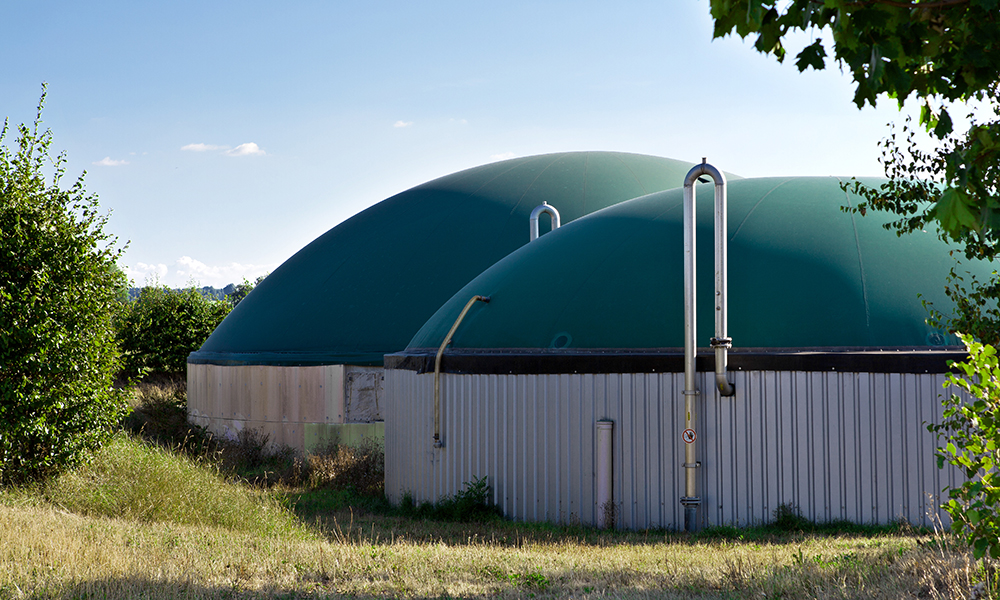Slurry Storage Advancements: Initiatives and Trends in 2024

The importance of proper slurry storage and management cannot be overstated.
As indicated by the recent findings of the Global Slurry Storage Tank report, the market is poised for substantial growth from 2024 to 2031, mirroring the increasing demand for advanced agricultural practices.
However, this growth potential brings with it a pressing need for the industry to embrace farming advancements that prioritise sustainability and efficiency. Traditionally rooted in conventional methods, the management of slurry must evolve to meet the demands of modern farming practices. From new government regulations to sustainable farming practices, here’s some of the future trends we’re seeing in slurry management as of May 2024:
Staying up to date with the latest slurry storage advancements
Round 2 of the Slurry Infrastructure Grant
One noteworthy development is the emergence of round 2 of the Slurry Infrastructure Grant, which is available up until June 2025.
The initial grant was launched in 2023, aimed at giving farmers the freedom to enhance or expand their slurry storage capacity, ensuring a minimum storage period of at least six months. Plus, the grant programme doesn’t just stop at storage infrastructure, it also encompasses essential items geared towards efficient slurry management. Funding is allocated for the acquisition of reception pits, slurry pumps, agitators, and as of round 2 of the grant, slurry separators.
The Slurry Infrastructure Grant is a brilliant initiative, offering much-needed support to the agricultural industry in better managing slurry. Applications for round 2 are currently open, welcoming farmers whose farming systems already produce slurry, particularly those involved in pig, beef, or dairy cattle farming.
The rationale behind investing in future-proofed slurry infrastructure is multifaceted. Firstly, it ensures the proper usage of organic nutrients, making the most of your crop yield while minimising waste – it’s a win-win.
Secondly, such investments contribute significantly to improving water and air quality, addressing pressing environmental concerns. Properly managed slurry, situated at a safe distance from freshwater sources and housing, plays a pivotal role in reducing various forms of pollution, including greenhouse gas emissions.
On the whole, it’s a great advancement for farmers looking for better means to manage their organic matter.
Current farmer behaviours for slurry management
Recent statistics released by the Department of Food and Rural Affairs, as of May 2024, offer valuable insights into the evolving trends in manure and slurry storage practices among farmers.

The data reveals a notable uptick in the number of livestock farmers opting to enlarge, upgrade, or reconstruct their manure or slurry storage facilities, with the current figure standing at 22%. This steady increase highlights a growing recognition of the importance of modernising storage infrastructure to meet evolving agricultural needs.
Among the various options, slurry tanks remain the most popular choice for storage, with 19% of farmers opting for this storage solution. Plus, it’s encouraging to note that 25% of those are using some form of slurry store cover. This proactive approach not only maximises storage capacity, but also mitigates the release of harmful gases from the slurry, reflecting a concerted effort towards more efficient slurry management practices.
Notably, the Slurry Infrastructure Grant, mentioned earlier, highlights the government’s commitment to promoting environmentally conscious slurry management practices. The grant explicitly mandates the fitting of an impermeable slurry store cover for any grant-funded storage facility, highlighting the alignment between governmental initiatives and industry endeavours towards sustainability. More on that in our next point…
Working towards the Clean Air Strategy
The imperative to adopt environmentally conscious slurry management systems has never been more pressing. Back in 2019, the government announced the Clean Air Strategy, aimed at dealing with all sources of air pollution.
Given that the livestock sector accounts for a staggering 88% of total ammonia emissions in the UK, with ammonia emissions from manure storage contributing 9% to the national agricultural total, it’s no surprise that the agricultural sector has been seeing changes.
Fast forward to 2024, this initiative is in full swing, and many changes have begun to take place. A big part of this strategy is reflected in the Slurry Infrastructure Grant – that all grant-funded slurry stores must include a cover.
The Clean Air Strategy aligns with this, stipulating that all slurry and digestate stores must be covered by 2027. Clearly, the future of farming is sustainable, and both farmers and the government are aligning with this objective.
Embracing change for a sustainable, efficient future
As evidenced by the evolution of slurry management practices and the implementation of initiatives such as the Clean Air Strategy, the imperative to embrace innovation and environmental responsibility has never been more key.
Staying ahead of the curve in slurry management is about more than just complying to the government’s new slurry regulations, it’s about future-proofing farming practices for a more sustainable tomorrow.
By investing in top-of-the-range slurry stores, such as those provided by AWSM, farmers can not only meet regulatory requirements but also optimise resource utilisation, minimise environmental impact, and enhance overall farm resilience.





